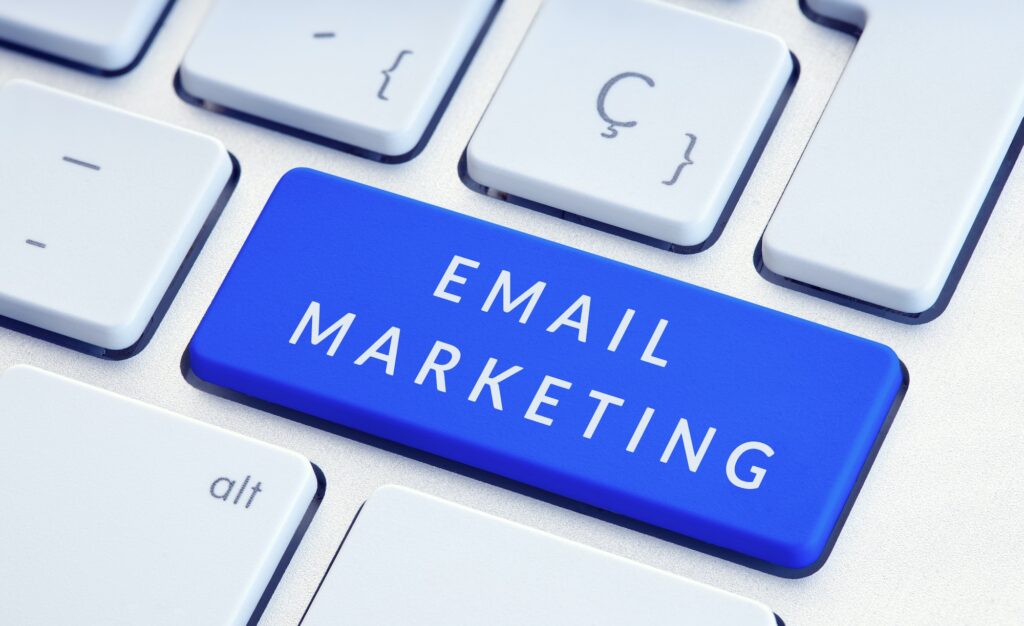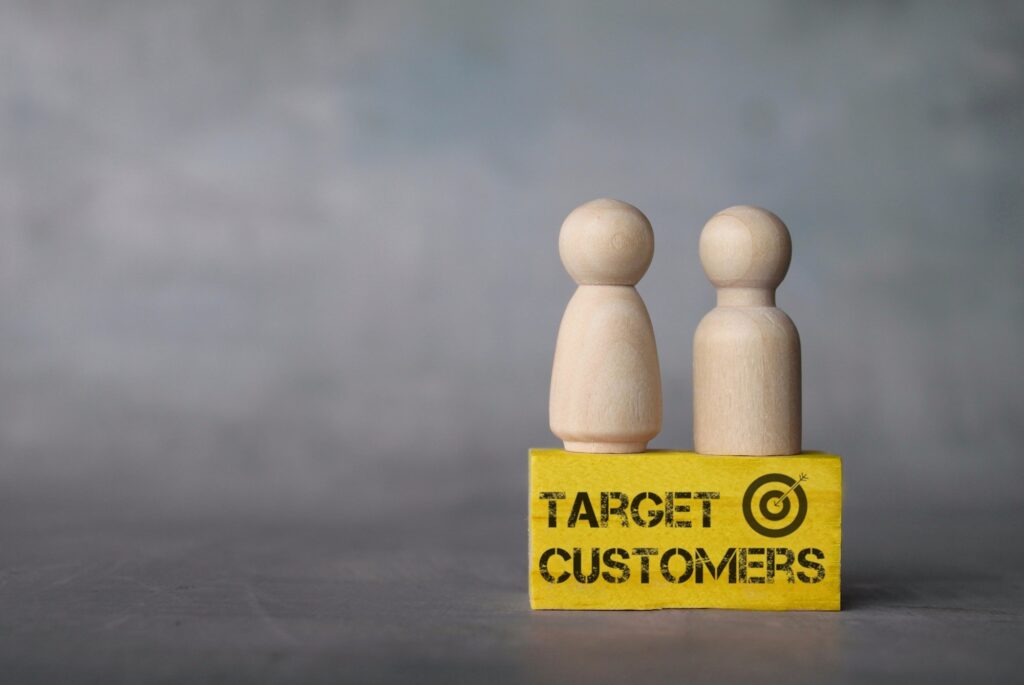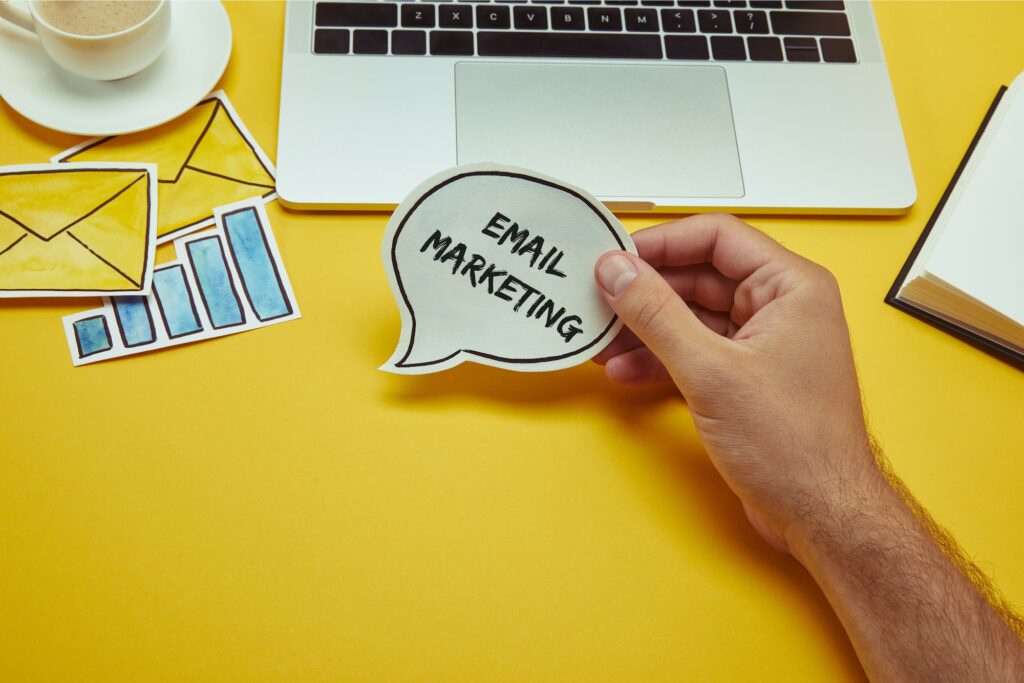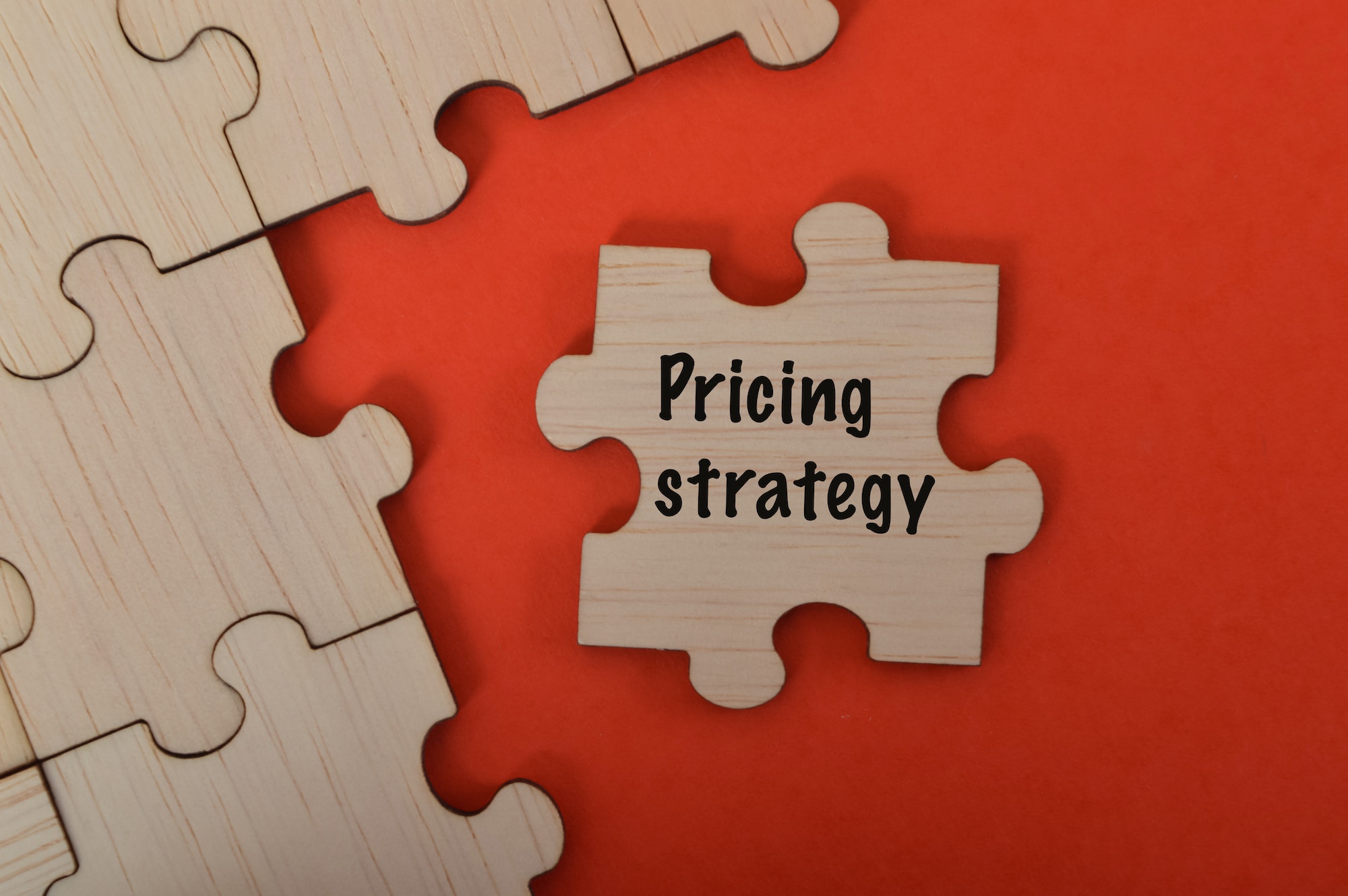Understanding SaaS Email Marketing
In the digital era, fostering customer relationships and driving revenue growth often comes down to effective communication strategies. For SaaS businesses, email marketing remains an essential tool in their arsenal. In this section, we’ll delve into SaaS email marketing and its significance in your business.What is SaaS Email Marketing?

Importance of Email Marketing for SaaS Businesses
The relevance of email marketing in a SaaS business context cannot be overstated. Here are a few reasons why it’s a vital part of your marketing toolkit:- Customer Acquisition: Well-crafted emails can attract potential customers, providing them with valuable information about your product and persuading them to sign up or take a free trial.
- Customer Retention: Regular, value-packed emails can engage your existing customers, increasing the likelihood of renewals and upsells.
- Brand Awareness: Consistent email communication helps establish your brand in the minds of your audience, cultivating a strong brand identity over time.
- Feedback and Improvement: Emails can also serve as a channel for collecting customer feedback, which is crucial for product development and improvement.
- Cost-Effective: Compared to other marketing channels, email marketing is cost-effective, offering a high return on investment.
Building Your SaaS Email Marketing Strategy
Developing a robust SaaS email marketing strategy is crucial to engage with your audience, retain users, and drive conversions. This process involves identifying your target audience, setting your marketing goals, and crafting your email content.Identifying Your Target Audience
The first step in crafting a successful SaaS email marketing strategy is identifying your target audience. Understanding who your users are, their needs, and their behavior can help you create personalized and effective email campaigns.
- Industry: What sector does your audience work in?
- Job Role: What responsibilities does your audience have in their job?
- Needs: What challenges is your audience facing that your SaaS product can solve?
- Behavior: How does your audience interact with your product?
Setting Your Marketing Goals
Once you’ve identified your target audience, setting your marketing goals is next. These should be specific, measurable, achievable, relevant, and time-bound (SMART). Your email marketing goals could include:- Increasing User Engagement: This could be measured by open rates, click-through rates, or time spent interacting with your emails.
- Driving Conversions: This could involve tracking the number of sign-ups, purchases, or upgrades resulting from your emails.
- Improving Customer Retention: This might involve measuring the number of users who remain subscribed to your service over a certain period.
Crafting Your Email Content
Crafting your email content is the final step in building your SaaS email marketing strategy. This involves developing compelling subject lines, utilizing personalized content, and including clear calls to action.- Subject Lines: These should be attention-grabbing and give the reader an idea of what to expect in the email.
- Personalized Content: This could involve addressing the user by name, referencing their past interactions with your product, or tailoring content to their specific needs.
- Calls to Action: These should be clear and compelling, encouraging the user to take a specific action, such as signing up for a free trial or scheduling a demo.
How Can SaaS Email Marketing be Integrated with Digital Marketing Strategies to Maximize Customer Engagement and Growth Potential?
SaaS email marketing can be seamlessly integrated with saas digital marketing strategies to enhance customer engagement and growth potential. By leveraging the power of automation, personalization, and analytics offered by SaaS platforms, businesses can effectively reach and nurture their target audience, leading to greater customer retention and increased revenue.
Best Practices for SaaS Email Marketing
Implementing best practices in your SaaS email marketing efforts can significantly improve your customer engagement, retention, and overall business growth. Let’s discuss three essential components: personalization techniques, segmentation and targeting, and testing and optimization.Personalization Techniques
Personalization in email marketing is more than just including your recipient’s name in the email. It involves tailoring your communication to match the interests, behavior, and needs of your customers. Consider using dynamic content, which changes based on the recipient’s behavior or preferences. For example, you might send different emails to users who have just signed up versus those who have been using your product for months. Additionally, you might include personalized product recommendations or content based on a user’s browsing or purchasing history. Remember, personalization should extend beyond the email content to the subject line and even the send times. Research your audience to understand their preferences and behaviors, and use this information to make your email marketing as relevant and engaging as possible.Segmentation and Targeting
Segmentation allows you to divide your audience into distinct groups based on geography, buying behaviour, product usage, and more. Once you’ve segmented your audience, you can target each group with tailored emails addressing their needs and interests. You’ll likely see higher open rates, click-through rates, and conversions by sending targeted emails. After all, recipients are more likely to engage with emails that are relevant to them. For more on effectively segmenting your audience and creating targeted content, check out our guide on saas content marketing.Testing and Optimization
A successful SaaS email marketing strategy involves constant testing and optimization. This means conducting A/B testing on various elements of your emails to see what works best. You might test subject lines, calls to action, images, layout, content length, send times, segmentation strategies, and more. Once you’ve conducted your tests, analyze the results and apply what you’ve learned to future emails. This iterative process can help you continually improve your emails and achieve better results.| Component | Test A | Test B | Result |
|---|---|---|---|
| Subject Line | “Your free trial is about to expire” | “3 days left on your free trial” | Test B had a higher open rate |
| Call to Action | “Start Your Free Trial” | “Try It Free” | Test A had a higher click-through rate |
| Send Time | Monday at 9 a.m. | Thursday at 2 p.m. | Test B had a higher open rate |
Can Email Marketing be a Part of the Ultimate SaaS GTM Strategy?
Yes, email marketing can definitely be a part of the ultimate SaaS GTM strategy. With its targeted approach and ability to nurture leads, email marketing plays a critical role in educating potential customers about the value of the ultimate SaaS GTM strategy and driving conversions.
Improving Customer Engagement
In the realm of SaaS email marketing, customer engagement is a crucial component. When your customers are actively interacting with your emails, it paves the way for increased conversions and brand loyalty. Here are some strategies to help bolster your customer engagement.Using Automated Email Campaigns
Automating your email campaigns can significantly improve customer engagement. With automation, you can send emails based on user behavior, ensuring that your message is timely and relevant. Consider setting up email sequences for different stages of the customer journey. For instance, you could have a welcome series for new subscribers, a nurturing series for potential customers, and a re-engagement series for inactive users. Remember, the goal of automated emails is to provide value and foster a connection with your customers. Whether it’s sharing helpful resources, offering exclusive deals, or simply checking in, make sure each email serves a purpose and aligns with your overall SaaS marketing strategy. For more insights, check out our guide on SaaS marketing strategies.Sending Product Update Emails
Another effective way to engage your customers is by sending product update emails. These emails inform your customers about new features, improvements, or changes in your SaaS product. Not only does this keep your customers in the loop, but it also showcases your commitment to improving the user experience. When crafting your product update emails, be clear and concise. Highlight the benefits of the new features and how they can enhance the users’ experience. Use visuals like screenshots or videos to demonstrate the features in action. For more tips on promoting your SaaS product, visit our article on SaaS product marketing.Creating Effective Onboarding Emails
Onboarding emails are essential for engaging new customers. These emails guide your customers through the initial stages of using your product, helping them understand its value and how to get the most out of it. Effectively crafted onboarding emails can increase product usage, reduce churn, and turn new users into loyal customers. To create effective onboarding emails, provide clear and actionable steps, offer resources for further learning, and encourage users to explore different features of your product. For more strategies on customer acquisition, refer to our guide on SaaS demand generation. Improving customer engagement in your SaaS email marketing efforts involves understanding your customers’ needs, providing timely and relevant content, and continuously optimizing your strategies based on user feedback and data. Keep these tips in mind as you work towards creating a robust email marketing strategy that drives engagement and growth for your SaaS business.Tracking Your Success
In the realm of SaaS email marketing, the journey doesn’t end once the emails are sent. It’s imperative to track the success of your campaigns, understand customer feedback, and adjust your strategy based on data to ensure you’re meeting your marketing goals.Analyzing Email Marketing Metrics
To evaluate the effectiveness of your email marketing efforts, you need to keep a close eye on various metrics. These include:- Open rate: The percentage of recipients who opened your emails.
- Click-through rate (CTR): The percentage of recipients who clicked on a link within your email.
- Conversion rate: The percentage of recipients who completed a desired action, such as signing up for a free trial or purchasing a product.
- Bounce rate: The percentage of emails that were not successfully delivered to the recipient’s inbox.
- Unsubscribe rate: The percentage of recipients who opted out of receiving future emails from your company.
| Metric | Importance |
|---|---|
| Open rate | Measures the visibility of your emails |
| CTR | Assesses the effectiveness of your content |
| Conversion rate | Indicates the success of your CTA |
| Bounce rate | Helps identify potential delivery issues |
| Unsubscribe rate | Reflects customer satisfaction with your emails |


